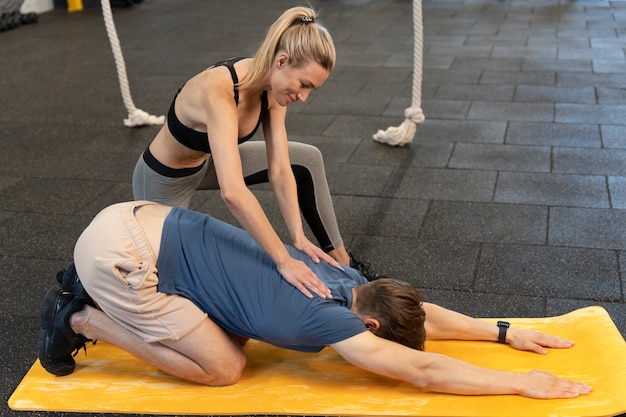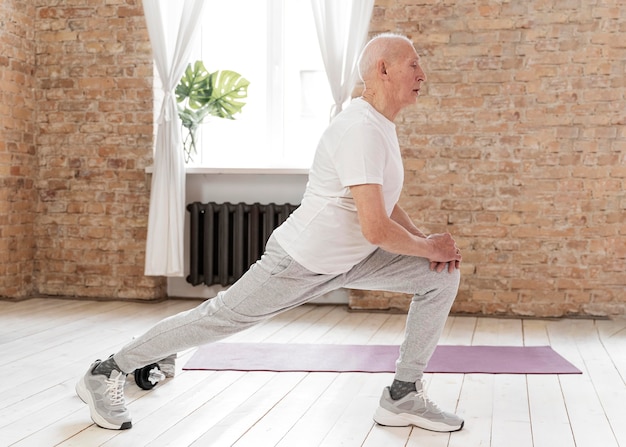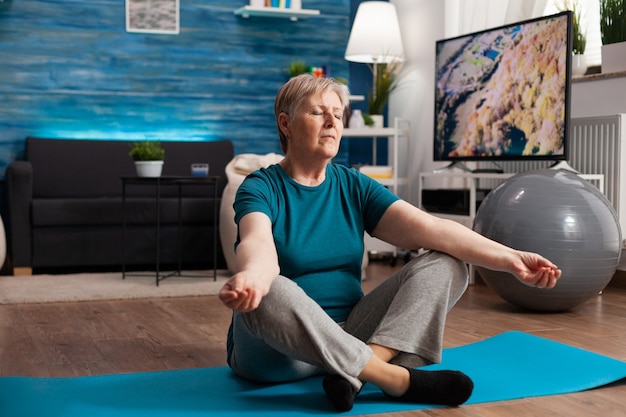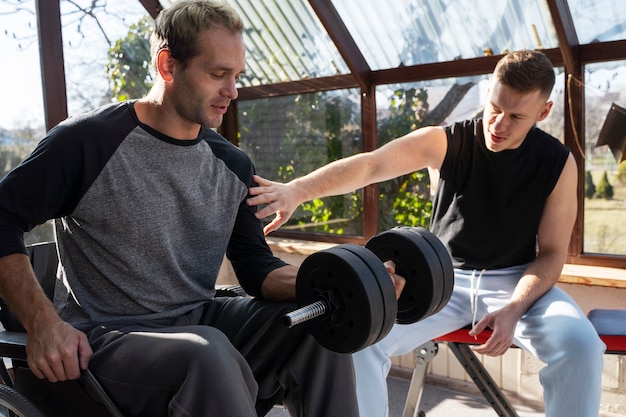Living with a chronic condition doesn’t mean giving up on fitness. In fact, regular physical activity is one of the most powerful tools for managing symptoms, improving function, and enhancing quality of life. For home exercisers, creating a safe and sustainable routine is not only possible—it can be highly effective when tailored to individual needs.
This comprehensive checklist offers clarity on what to do, why it works, and how to adapt exercises for common chronic conditions such as arthritis, diabetes, heart disease, chronic obstructive pulmonary disease (COPD), and more—all from the comfort of your home.
Exercise isn’t just for weight loss or building muscle. For people with chronic health issues, movement plays a therapeutic role. Studies consistently show that regular physical activity can:
The key is consistency and customization. A one-size-fits-all approach won’t work—your routine must reflect your condition, limitations, and goals.

Use this checklist to build a safe and effective home workout plan:

Focus on gentle range-of-motion exercises. Warm up with a heating pad or warm towel. Perform seated stretches and low-resistance strength training to protect joints while maintaining function.
Exercise helps insulin sensitivity. Monitor blood glucose before and after workouts. Avoid intense activity if blood sugar is very high or low. Combine cardio and strength training for best results.
Stick to moderate-intensity aerobic exercise. Avoid straining or holding your breath. Use the "talk test"—you should be able to speak in short sentences while exercising.
Pace yourself. Practice pursed-lip breathing during activity. Short, frequent sessions (e.g., 5 minutes, 5 times a day) are often more manageable than longer ones.
Use pacing strategies. Break activity into small chunks. Focus on consistency over intensity. Mind-body exercises like tai chi or gentle yoga can reduce pain perception.
Remember: The best exercise is the one you can do safely and regularly. It’s not about intensity—it’s about showing up for your health, one movement at a time.

Health

Health

Health

Health

Wellness

Wellness

Fitness

Health

Fitness

Health

Wellness

Health

Health

Fitness

Health

Health